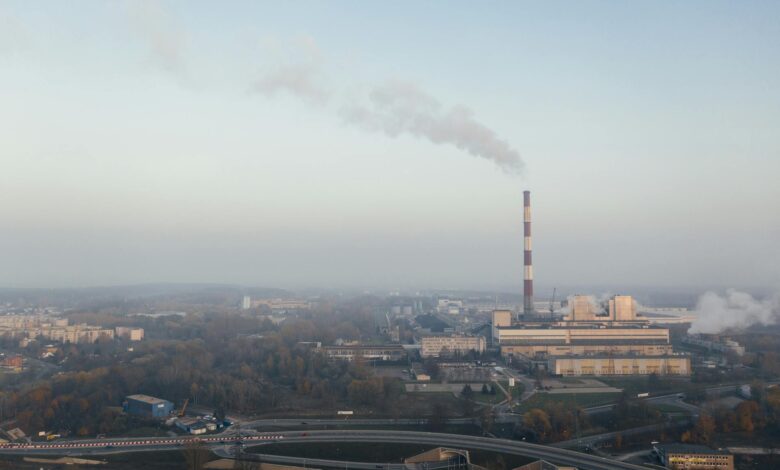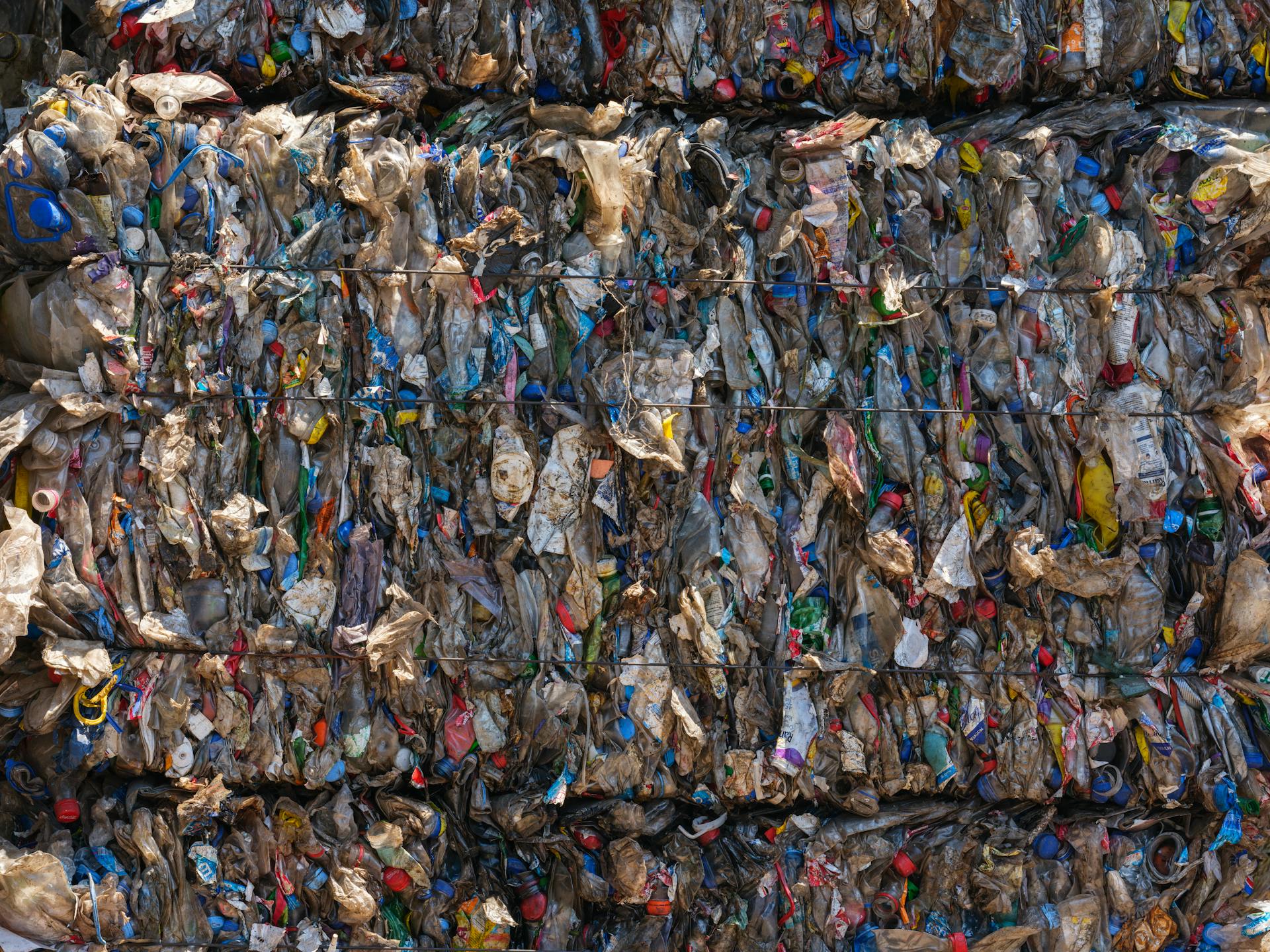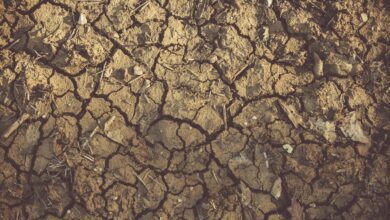The Detrimental Effects of Environmental Pollution

Environmental pollution is a pressing global issue that affects the well-being of our planet and its inhabitants. From the air we breathe to the water we drink, the effects of environmental pollution can be far-reaching and devastating. In this comprehensive analysis, we will explore the various types of environmental pollution, their causes, and their impact on human health, wildlife, and ecosystems. Additionally, we will discuss solutions and the urgent need for collective action to address this critical challenge.
Introduction to Environmental Pollution
Environmental pollution refers to the contamination of the natural environment by various substances or energy forms, such as chemicals, noise, heat, or radioactive materials. This contamination can have detrimental effects on the balance of the ecosystem, the health of living organisms, and the overall quality of the environment. Understanding the nature and extent of environmental pollution is crucial in developing effective strategies to mitigate its impact.
Types of Environmental Pollution
Environmental pollution can be categorized into several types, each with its unique characteristics and consequences:
- Air Pollution: The presence of harmful substances in the air, such as particulate matter, gases, and chemicals, can have severe impacts on respiratory health and contribute to climate change.
- Water Pollution: The contamination of water bodies, such as rivers, lakes, and oceans, by various pollutants, including industrial waste, agricultural runoff, and sewage, can disrupt aquatic ecosystems and pose risks to human and animal health.
- Soil Pollution: The presence of toxic substances, heavy metals, or other contaminants in the soil can affect soil fertility, plant growth, and the overall health of terrestrial ecosystems.
- Noise Pollution: Excessive and unwanted sound, such as that from transportation, industrial activities, or construction, can have negative impacts on human well-being, including stress, sleep disturbance, and hearing impairment.
- Light Pollution: The excessive, misdirected, or obtrusive use of artificial (usually outdoor) light can disrupt natural cycles, affect nocturnal wildlife, and contribute to energy waste.
The Causes of Environmental Pollution

The primary causes of environmental pollution can be attributed to human activities, both industrial and domestic. Some of the key drivers of environmental pollution include:
- Industrialization and Urbanization: The rapid growth of industries, factories, and urban centers has led to increased energy consumption, waste generation, and the release of pollutants into the environment.
- Transportation: The widespread use of fossil fuel-powered vehicles, as well as air and maritime transportation, contributes significantly to air pollution and greenhouse gas emissions.
- Agricultural Practices: The use of pesticides, fertilizers, and intensive farming methods can lead to soil degradation, water contamination, and the loss of biodiversity.
- Improper Waste Management: The improper disposal of solid and liquid waste, including household, industrial, and electronic waste, can result in the contamination of soil, water, and air.
- Energy Production: The extraction, processing, and consumption of fossil fuels, as well as the generation of electricity from non-renewable sources, can release various pollutants into the environment.
Impact of Environmental Pollution on Human Health
Environmental pollution can have a profound impact on human health, affecting individuals of all ages and socioeconomic backgrounds. Some of the key health consequences of environmental pollution include:
- Respiratory Diseases: Air pollution can exacerbate respiratory conditions, such as asthma, chronic obstructive pulmonary disease (COPD), and lung cancer.
- Cardiovascular Diseases: Exposure to air pollutants, such as particulate matter and ozone, has been linked to an increased risk of heart disease, stroke, and other cardiovascular problems.
- Neurological Disorders: Exposure to heavy metals, such as lead and mercury, can lead to cognitive impairment, developmental delays, and neurological disorders.
- Cancer: Certain pollutants, such as those found in water, soil, and air, have been associated with an increased risk of various types of cancer.
- Reproductive and Developmental Issues: Environmental contaminants can disrupt hormonal systems, leading to reproductive problems, birth defects, and developmental delays in children.
Impact of Environmental Pollution on Wildlife and Ecosystems
Environmental pollution can have devastating consequences for wildlife and the delicate balance of ecosystems. Some of the key impacts include:
- Habitat Destruction: Pollutants can degrade and destroy natural habitats, leading to the loss of biodiversity and the displacement of species.
- Disruption of Food Chains: Contamination of water and soil can accumulate in the food chain, affecting the health and survival of various species, from microorganisms to apex predators.
- Reduced Biodiversity: The introduction of invasive species, the loss of native species, and the disruption of ecosystem services can lead to a decline in overall biodiversity.
- Ecosystem Imbalance: Environmental pollution can disrupt the natural cycles and processes that sustain healthy ecosystems, leading to the degradation of air, water, and soil quality.
- Climate Change: The release of greenhouse gases and other pollutants can contribute to global warming and climate change, which can have far-reaching consequences for both terrestrial and aquatic ecosystems.
Effects of Air Pollution
Air pollution is a significant contributor to environmental degradation and can have severe consequences for human health and the environment. Some of the key effects of air pollution include:
- Respiratory Diseases: Exposure to air pollutants, such as particulate matter, ozone, and sulfur dioxide, can exacerbate respiratory conditions, leading to increased hospitalizations and mortality rates.
- Cardiovascular Diseases: Air pollution has been linked to an increased risk of heart disease, stroke, and other cardiovascular problems, particularly in vulnerable populations.
- Climate Change: The release of greenhouse gases, such as carbon dioxide and methane, can contribute to global warming and climate change, with far-reaching consequences for the planet.
- Ecosystem Damage: Air pollution can also harm plants and animals, leading to the degradation of natural habitats and the loss of biodiversity.
- Reduced Visibility and Aesthetic Impacts: Air pollution can reduce visibility, leading to hazy skies and diminished views, as well as negatively impacting the aesthetic value of the environment.
Effects of Water Pollution
Water pollution is a significant threat to the health of aquatic ecosystems and the well-being of human communities. Some of the key effects of water pollution include:
- Disruption of Aquatic Ecosystems: Contaminants in water can harm or kill aquatic organisms, disrupt food chains, and lead to the loss of biodiversity in water bodies.
- Contamination of Drinking Water: The presence of pollutants, such as heavy metals, pesticides, and microbial agents, in water sources can make the water unsafe for human consumption and lead to various health issues.
- Impaired Recreational Activities: Water pollution can make water bodies unsuitable for recreational activities, such as swimming, fishing, and boating, negatively impacting local economies and communities.
- Bioaccumulation and Biomagnification: Certain pollutants, such as heavy metals and persistent organic compounds, can accumulate in the tissues of aquatic organisms and be passed up the food chain, leading to increased exposure and health risks for humans and wildlife.
- Eutrophication and Algal Blooms: Excessive nutrients, such as those found in agricultural runoff or sewage, can lead to the overgrowth of algae and other aquatic plants, resulting in the depletion of oxygen in water bodies and the disruption of aquatic ecosystems.
Effects of Soil Pollution
Soil pollution can have far-reaching consequences for the environment and human health. Some of the key effects of soil pollution include:
- Reduced Soil Fertility: Contaminants in the soil can inhibit plant growth and reduce the overall productivity of agricultural land, threatening food security and the livelihoods of farmers.
- Bioaccumulation and Biomagnification: Pollutants in the soil can be absorbed by plants and animals, leading to their accumulation in the food chain and posing health risks to humans and wildlife.
- Groundwater Contamination: Pollutants in the soil can leach into groundwater, contaminating water sources and making the water unsuitable for drinking, irrigation, or other uses.
- Ecosystem Disruption: Soil pollution can harm soil-dwelling organisms, disrupt nutrient cycling, and lead to the degradation of terrestrial ecosystems, affecting the overall balance of the environment.
- Human Health Risks: Exposure to contaminated soil can lead to various health problems, such as skin irritation, respiratory issues, and the potential for long-term effects, like cancer and neurological disorders.
Global Warming and Climate Change
Environmental pollution, particularly the release of greenhouse gases, is a significant contributor to global warming and climate change. The effects of climate change can be far-reaching and include:
- Rising Temperatures: Global warming is leading to an increase in average temperatures worldwide, causing shifts in weather patterns, melting glaciers and ice caps, and the expansion of deserts and arid regions.
- Sea Level Rise: The melting of polar ice and the thermal expansion of oceans are causing sea levels to rise, threatening coastal communities and ecosystems.
- Extreme Weather Events: Climate change is increasing the frequency and intensity of extreme weather events, such as hurricanes, floods, droughts, and heatwaves, leading to devastating impacts on human populations and the environment.
- Ecosystem Disruption: Climate change is causing shifts in the distribution and behavior of plant and animal species, leading to the disruption of natural ecosystems and the loss of biodiversity.
- Food and Water Insecurity: The effects of climate change, such as drought, crop failures, and water scarcity, can threaten food and water supplies, particularly in vulnerable regions, exacerbating issues of global food and water security.
Solutions to Reduce Environmental Pollution
Addressing the challenge of environmental pollution requires a multi-faceted approach involving government policies, corporate initiatives, and individual actions. Some of the key solutions to reduce environmental pollution include:
- Stricter Regulations and Enforcement: Governments must implement and enforce robust environmental regulations, such as emission standards, waste management protocols, and resource conservation measures, to hold industries and individuals accountable for their environmental impact.
- Transitioning to Renewable Energy: Shifting away from fossil fuels and investing in renewable energy sources, such as solar, wind, and hydropower, can significantly reduce greenhouse gas emissions and mitigate the effects of climate change.
- Sustainable Transportation: Promoting the use of public transportation, electric vehicles, and alternative modes of transportation, such as walking and cycling, can help reduce air pollution and greenhouse gas emissions.
- Sustainable Agriculture Practices: Adopting sustainable farming methods, such as precision agriculture, organic farming, and integrated pest management, can reduce the use of harmful pesticides and fertilizers, protecting soil and water quality.
- Improved Waste Management: Implementing effective waste management systems, including recycling, composting, and proper disposal of hazardous materials, can reduce the amount of waste entering the environment.
- Public Awareness and Education: Educating the public about the importance of environmental protection and empowering individuals to make sustainable choices in their daily lives can contribute to a collective effort to combat environmental pollution.
Government Policies and Regulations
Governments play a crucial role in addressing environmental pollution through the implementation of effective policies and regulations. Some key government initiatives include:
- Environmental Protection Agencies: Establishing and empowering environmental protection agencies to monitor, regulate, and enforce environmental laws and standards.
- Emission Control Regulations: Implementing strict regulations on the emission of pollutants from industrial, transportation, and other sources, and ensuring compliance through regular inspections and penalties.
- Renewable Energy Incentives: Providing financial incentives and support for the development and adoption of renewable energy sources, such as tax credits, subsidies, and feed-in tariffs.
- Waste Management Policies: Implementing comprehensive waste management policies that promote recycling, proper disposal of hazardous materials, and the development of sustainable waste-to-energy technologies.
- International Cooperation: Collaborating with other nations to address transboundary environmental issues, such as climate change, marine pollution, and the trade of hazardous substances.
Individual Actions to Combat Environmental Pollution

While government policies and corporate initiatives are crucial, individual actions can also make a significant difference in the fight against environmental pollution. Some steps individuals can take include:
- Reducing Energy Consumption: Adopting energy-efficient practices, such as using LED light bulbs, unplugging unused appliances, and reducing heating and cooling usage, can help lower greenhouse gas emissions.
- Sustainable Transportation Choices: Opting for public transportation, carpooling, cycling, or walking instead of driving can help reduce air pollution and greenhouse gas emissions.
- Responsible Waste Management: Practicing proper waste separation, recycling, and composting, and minimizing the use of single-use plastics, can help reduce the amount of waste entering the environment.
- Sustainable Consumption Habits: Making conscious choices about the products and services you purchase, such as buying eco-friendly and locally sourced items, can reduce your environmental footprint.
- Advocating for Change: Engaging with local and national policymakers, supporting environmental organizations, and participating in community initiatives can help drive the implementation of effective environmental policies and solutions.
By taking individual and collective action, we can all contribute to the fight against environmental pollution and create a more sustainable future for our planet. Join us in this crucial endeavor by implementing the solutions outlined in this article and spreading awareness within your community. Together, we can make a lasting difference and ensure a healthier, more resilient environment for generations to come.




